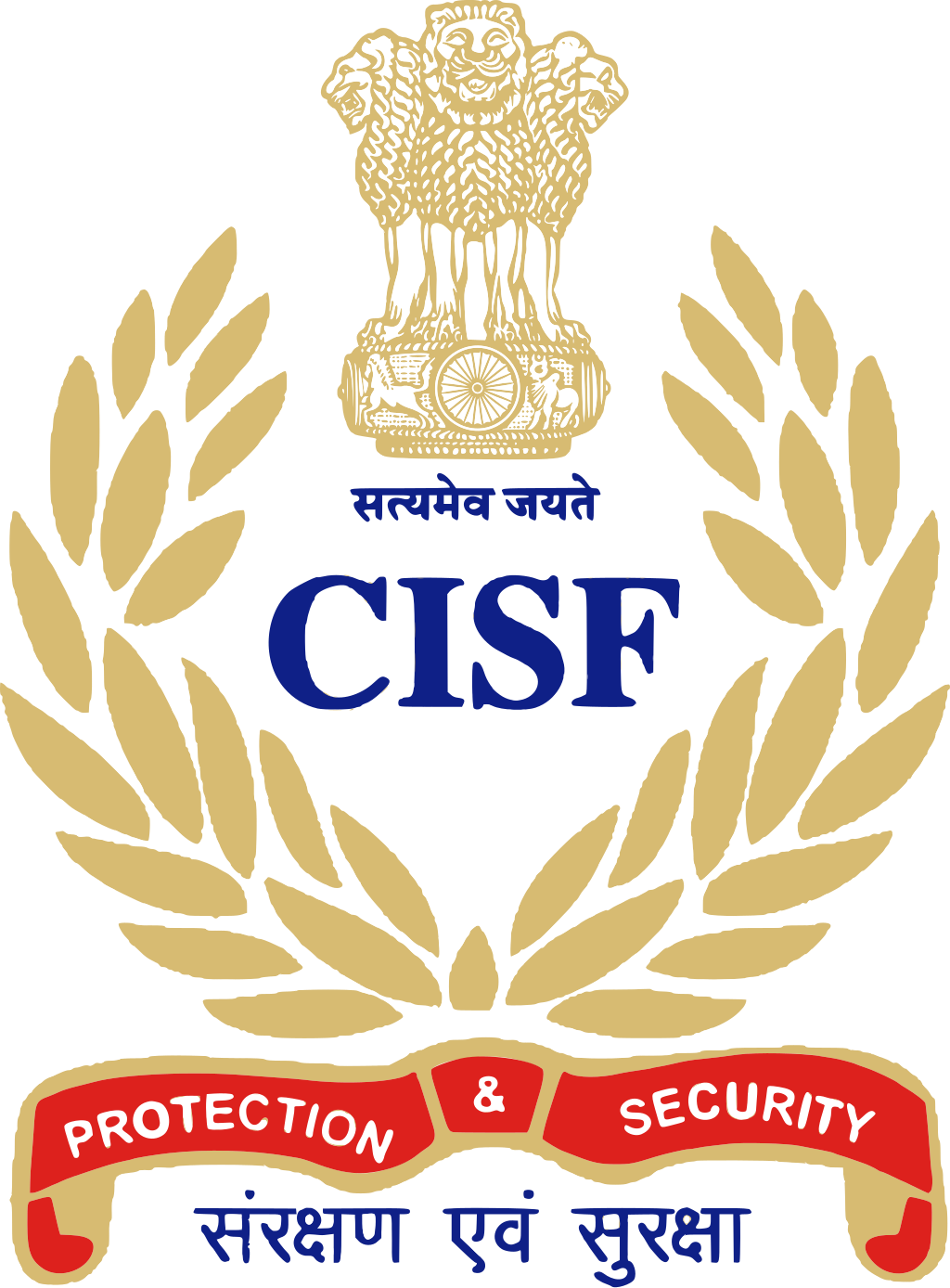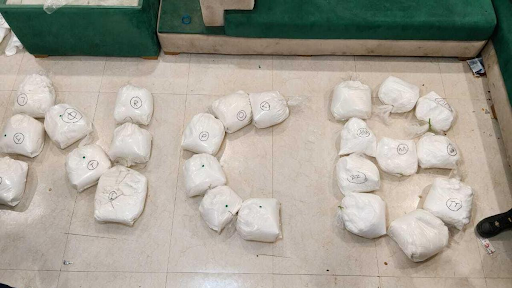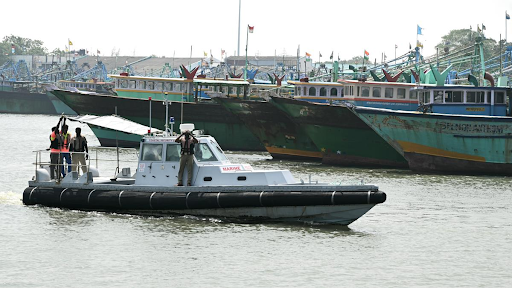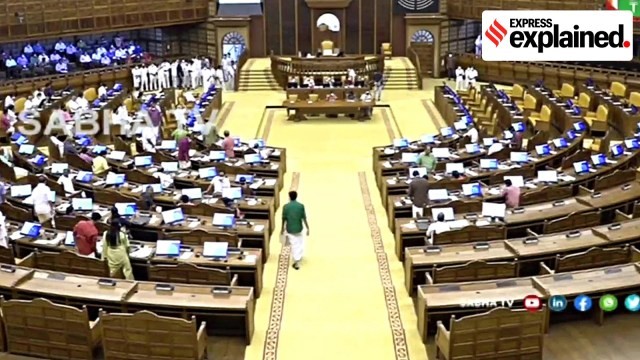Description

Disclaimer: Copyright infringement not intended.
Context
- The Ministry of Home Affairs (MHA) has asked the Central Industrial Security Force (CISF) to take security charge of the Parliament building from the Delhi Police.
- The CISF will first conduct a survey of the premises prior to the deployment of its security and fire wing.
Details
- The Central Industrial Security Force (CISF) plays a vital role in ensuring security and protection across various sectors in India.
- With its extensive jurisdictional structure, duties encompassing industrial units, airports, metro networks, VIP security, and disaster management, the CISF stands as a significant component of India's security apparatus.
Evolving Role and Structure
- Origin: The CISF was established in 1969 post the HEC Ranchi fire incident, with the primary objective of protecting industrial undertakings, expanding its role over time.
- Evolution of the CISF: CISF was initially focused on safeguarding industrial undertakings, subsequently diversifying its role to protect airports, government buildings, heritage monuments, and more.
- Operational Framework: Operating with a sanctioned strength of 1.8 lakh personnel, CISF is headquartered in Delhi and is structured under a Director-General and operates through nine sectors, including specialized wings like the Airport Sector, Fire Service Wing, and a Special Security Group (SSG) for VIP security.
- Central Armed Police Force (CAPF): A prominent member of the seven CAPFs, CISF is distinctive for its comprehensive role encompassing security, fire coverage, and consultancy services.
- Diverse Deployment: Beyond industrial premises, it's deployed in over 350 locations, including airports, space installations, heritage sites, and government buildings, billing its clients for services rendered.

Significance of CISF's Duties
- Security Across Sectors: CISF's responsibilities span protecting sensitive infrastructures such as atomic power plants, space installations, airports, and metro rail networks, alongside providing consultancy services in security and fire protection.
- Airport Security and Delhi Metro: It ensures airport security at numerous international and domestic airports and manages security operations on the Delhi Metro, enhancing public safety and counter-terrorism measures.
- Disaster Management and Fire Wing: CISF plays a significant role in disaster management and operates a robust Fire Wing, uniquely positioned as the largest firefighting force in the country.
Additional Roles and Impact
- Private Sector Security: The CISF expanded its mandate to provide security to private and cooperative establishments across the country, contributing to safeguarding critical infrastructures and corporate sectors.
- Women in CISF: The force has made strides in gender diversity by increasing women's representation, creating opportunities for women in both constabulary and officer roles.
- Overseas Deployments: CISF has contributed internationally through deployments in UN peacekeeping missions, showcasing its expertise beyond national borders.
Analyzing India's Security Framework
- Enhanced Capabilities: The CISF's evolution signifies the adaptation of India's security paradigm to address multifaceted threats, including terrorism, disasters, and safeguarding critical infrastructure.
- Collaborative Framework: Its coordination with other forces, private sectors, and international missions underscores India's commitment to enhancing security through collaborative efforts.
.jpg)
Conclusion
The CISF stands as a multifaceted force addressing diverse security challenges across sectors. Its evolution, expanding roles, and collaborative efforts reflect India's commitment to bolstering security frameworks, emphasizing preparedness, and enhancing resilience in the face of emerging threats.
|
PRACTICE QUESTION
Q. Assess the impact of recent developments and the potential trajectory of the CISF in meeting evolving security demands in India. (250 Words)
|










